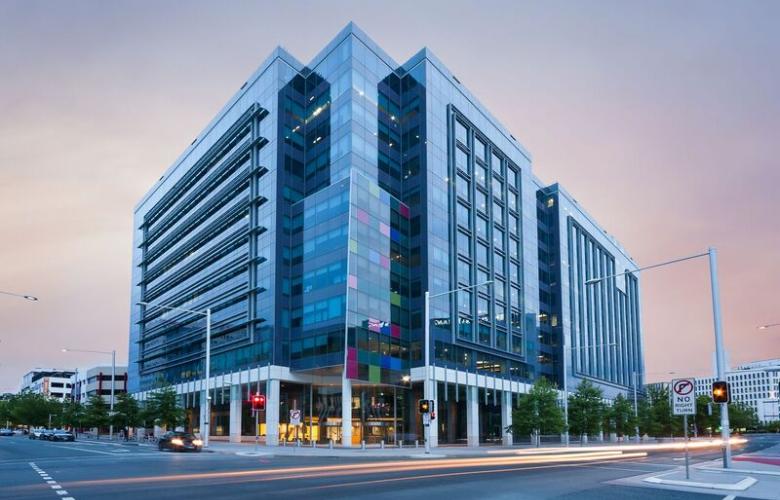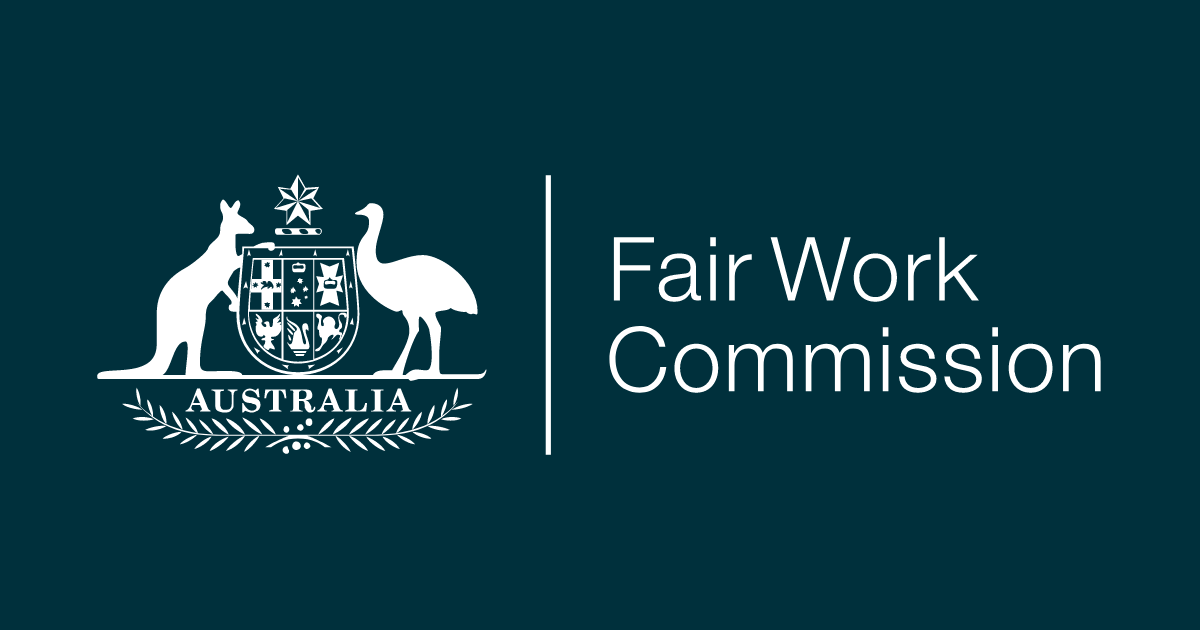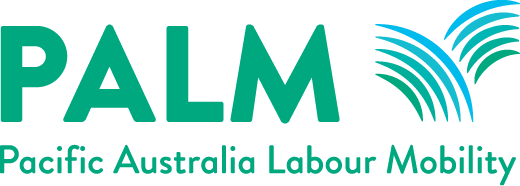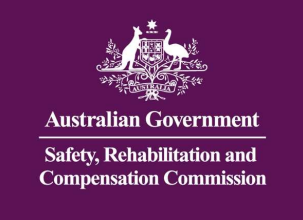- Jul 2, 2018
- 3,484
 |
Headquarters |
 |
50 Marcus Clarke Street, Canberra City, Australian Capital Territory |
Ministers |
| Office: | Officeholder: | Image: |
|---|---|---|
| Minister for Employment and Workplace Relations | The Honourable Justine Elliott, MP | |
| Secretary of the Department of Employment and Workplace Relations | Kerri Hartland |  |
 |
Overview |
| The Fair Work Commission (FWC) is the Australian industrial relations tribunal created by the Fair Work Act. FWC is an independent workplace relations tribunal with the power and authority to regulate and enforce provisions relating to minimum wages and employment conditions, enterprise bargaining, industrial action, dispute resolution, and termination of employment. The Commission is located in Sydney, Melbourne, Brisbane, Newcastle, Perth, Adelaide, and Canberra. The Fair Work Act is an attempt to create a more national system for regulating industrial relations in Australia. Each state has the discretion to hand over some or all of their industrial relations powers to the Commonwealth, and should a state decide to refer their powers to a centralized and national industrial relations system, all the employees of that state would effectively be covered by the national Fair Work Act. The FWC has taken over matters of workplace disputes and industrial actions. It is also involved in the process of determining national industrial relations policies, including setting minimum wages and regulating the award system. Since the introduction of the Fair Work Act, all states except Western Australia have referred their powers to the Commonwealth. |
Cases |
| Case Number: | Case Name: | Description: | Industrial Relations Area: | Location: | Presiding Member: | Case Status: | Findings: |
|---|---|---|---|---|---|---|---|
 |
Overview |
The Fair Work Ombudsman (FWO) is an independent statutory agency of the Government of Australia that serves as the central point of contact for free advice and information on the Australian national workplace relations system. The FWO also investigates workplace complaints and enforces compliance with national workplace laws. The FWO, along with the Fair Work Commission, the national workplace relations tribunal, began operation under the Fair Work Act. The functions of the FWO are set out in section 682 of the Fair Work Act. The FWO achieves its functions by:
|
 |
Overview |
| Fair Work Building & Construction (FWBC), is an Australian Government agency established by the Fair Work (Building Industry) Act. FWBC is responsible for enforcing industrial relations laws in Australia’s building and construction industry through the provision of education, assistance and advice. FWBC aims to ensure the rule of law applies on building sites within Australia and that building work is carried out fairly, efficiently and productively for the benefit of all building industry participants and for the benefit of the Australian economy as a whole. The agency has offices in Sydney, Brisbane, Adelaide, Canberra, Hobart, Darwin and Perth, with its head office located in Melbourne. The agency’s investigators visit construction sites across Australia to ensure all building industry participants are complying with federal law. FWBC is responsible for the following workplace relations matters in the building and construction industry:
|
 |
Overview |
Safe Work Australia is an Australian Government statutory agency established under the Safe Work Australia Act. Their primary responsibility is to improve work health and safety and workers’ compensation arrangements across Australia. They represent a genuine partnership between governments, unions and industry, working together towards the goal of reducing death, injury and disease in the workplace. Safe Work Australia is jointly funded by the Commonwealth, state and territory governments through the Intergovernmental Agreement for Regulatory and Operational Reform in Occupational Health and Safety. Safe Work Australia is the national policymaker, not a regulator of work health and safety. The Commonwealth, states and territories have responsibility for regulating and enforcing work health and safety laws in their jurisdiction. Safe Work Australia works to:
|
 |
Overview |
| Comcare is a statutory authority of the Australian Government established under the Safety, Rehabilitation and Compensation Act 1988 (SRC Act). Comcare administers the Commonwealth's workers' compensation scheme under the SRC Act and is the national work health and safety regulator with functions and powers for compliance and enforcement under the Work Health and Safety Act (WHS Act). Comcare sets and collects premiums specific to each Australian Government agency to meet their claims liability and claims administration costs. The department is headquartered in Canberra, and has offices in Melbourne, Sydney, Brisbane, Adelaide, Perth, Newcastle, Darwin and Launceston. Comcare provides advice to the Minister for Employment and Workplace Relations on issues relating to the administration of the Commonwealth's work health and safety and workers' compensation frameworks. Comcare works with employees and other workers, employers, service providers and other organisations to:
|
 |
Overview |
| Workforce Australia is an Australian Government-funded network of organisations that are contracted by the Australian Government, through the Department of Employment and Workplace Relations, to deliver employment services to unemployed job seekers on Government income support payments and employers. Providers are initially selected for the network and allocated business through a competitive public tender process, with contract periods running for varying lengths of time determined by the Australian Government. There are over 1,000 sites across Australia delivering Workforce Australia. To be eligible for support, people need to be in receipt of eligible income support payments, such as JobSeeker Allowance, Youth Allowance, the Disability Support Pension or Parenting Payment. The services provided by Workforce Australia differ according to the level of disadvantage of the job seeker, circumstances or the allowance they were receiving from Centrelink. Services include:
|
 |
Overview |
The Workplace Gender Equality Agency (WGEA) is an Australian Government statutory agency responsible for promoting and improving gender equality in Australian workplaces. The agency was created by the Workplace Gender Equality Act and provides employers with advice, practical tools, and education to help them improve gender equality. The Agency's purpose under the Act is to:
|
Overview |
The Asbestos and Silica Safety and Eradication Agency was established under the Asbestos and Silica Safety and Eradication Agency Act to administer the Asbestos National Strategic Plan and the Silica National Strategic Plan and oversee national actions to monitor and improve awareness of asbestos safety, asbestos related diseases, silica safety and silica related diseases. The agencies functions for both asbestos and silica include:
|
 |
Overview |
| The Pacific Australia Labour Mobility (PALM) scheme is a temporary migration program to address unskilled, low-skilled and semi-skilled labour shortages across rural and regional Australia, and nationally, for agriculture and select agriculture-related food product manufacturing sectors. Under the scheme, Australian businesses can hire workers from Pacific Island countries and Timor-Leste when there are not enough local workers available. Once approved to participate in the PALM scheme, employers can recruit workers to fill positions for seasonal placements (short-term) of up to nine months or longer-term placements of between one and four years (long-term). Pacific Island countries and Timor-Leste make a sovereign choice about their participation in the PALM scheme, and the Australian Government works with each country to ensure they can participate on their own terms. Skills training is embedded into the PALM scheme to make sure it delivers a skills dividend for Pacific Island countries and Timor-Leste where workers can come to Australia, gain new work experience and often new skills, and take these home to their communities. All Pacific and Timor-Leste workers participating in the PALM scheme have the same workplace rights and protections as Australian workers, and additional measures are in place to support their wellbeing while they live and work in Australia. |
Current PALM Scheme Countries |
| Flag: | Country: | Annual Cap: |
|---|---|---|
 |
Overview |
The Coal Mining Industry (Long Service Leave Funding) Corporation, known as Coal LSL, is the Australian Government corporation established to regulate and manage long service leave entitlements on behalf of eligible employees in the black coal mining industry. Coal LSL has served the industry as a government entity managing the portable long service leave benefit established in 1949. Coal LSL’s purpose is to exercise the functions and powers of the following governing legislation to connect employers and employees with long service leave entitlements within Australia’s black coal mining industry:
|
 |
Overview |
The Safety, Rehabilitation and Compensation Commission (SRCC) is a statutory body that seeks improvement in occupational health and safety, rehabilitation and workers' compensation in the Commonwealth jurisdiction. The SRCC is established under the Safety, Rehabilitation and Compensation Act 1988 (SRC Act). SRCC administers the regulatory functions of the SRC Act, other than those ascribed to Comcare in the SRC Act. The major functions of the commission are to:
|
 |
Overview |
The Seafarers Safety, Rehabilitation and Compensation Authority (Seacare Authority) works with the Australian maritime industry to reduce the human and financial costs of workplace injury. The Seacare Authority oversees a national scheme of occupational health and safety (OHS) and workers’ compensation arrangements for defined seafarers, known as Seacare. Seacare's arrangements apply to defined seafaring employees and, in relation to OHS, defined third parties. The Seacare Authority's purposes are to:
|
 |
Overview |
| The Office of the Federal Safety Commissioner (OFSC) is part of the Department of Employment and Workplace Relations. The OFSC aims to promote and improve WHS in the Australian building and construction industry through the management of the Work Health and Safety Accreditation Scheme (the Scheme) and support for the Federal Safety Commissioner (FSC). The FSC works with industry and government stakeholders towards achieving the highest possible work health and safety standards on Australian building and construction projects. The Scheme requires building and construction companies to adhere to a range of operational and reporting practices to improve site safety. Subject to certain financial thresholds, only builders that are accredited under the Scheme can enter into head contracts for building work that is funded by the Australian Government. This enables the Australian Government to use its influence as a major construction client and provider of capital to improve the WHS performance of the industry. |
Last edited:


